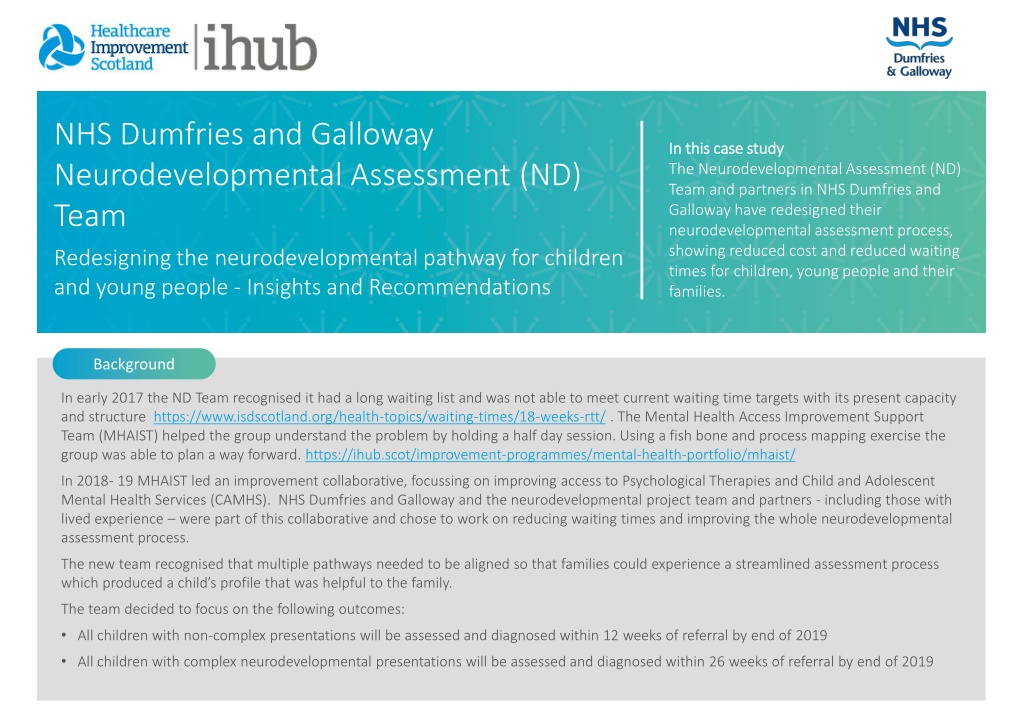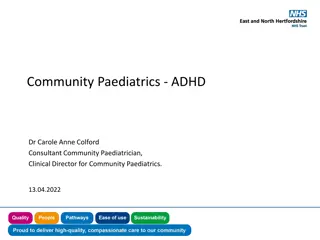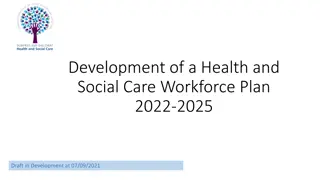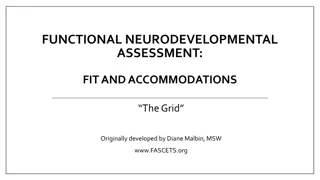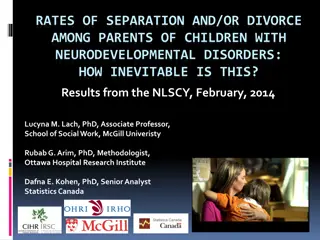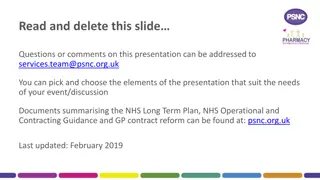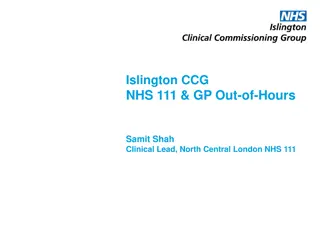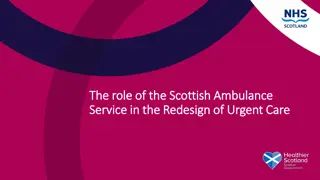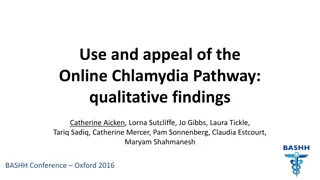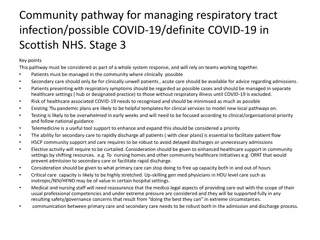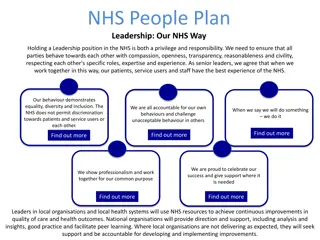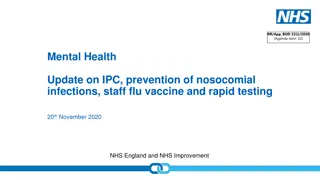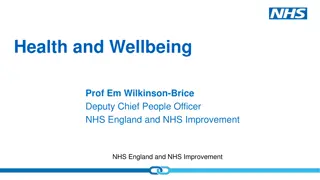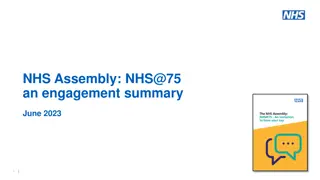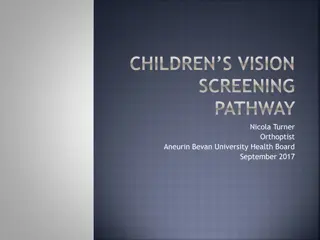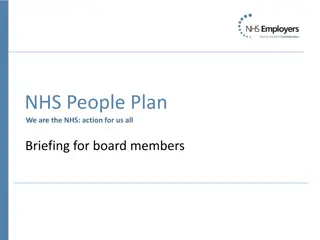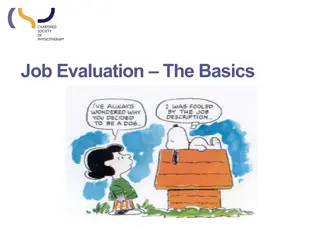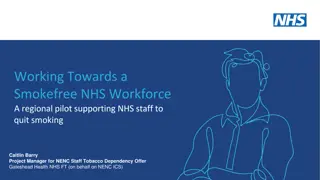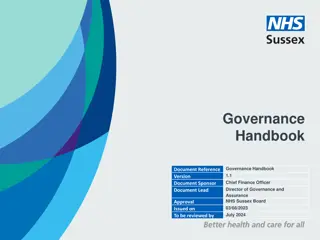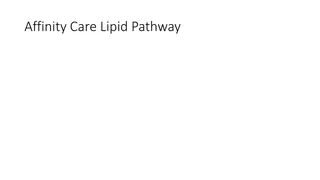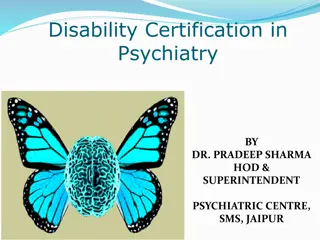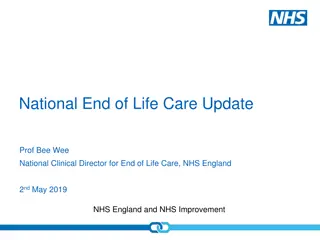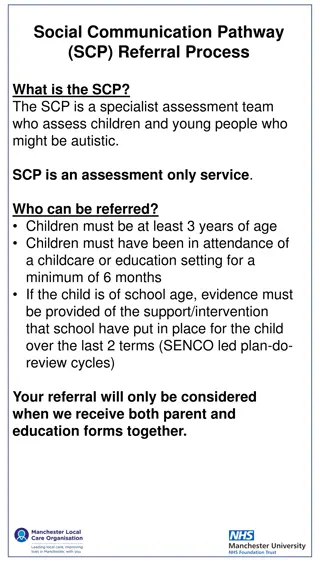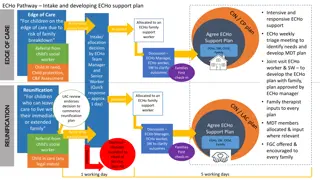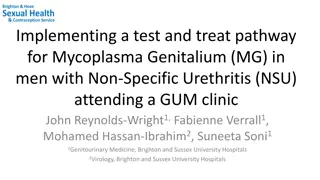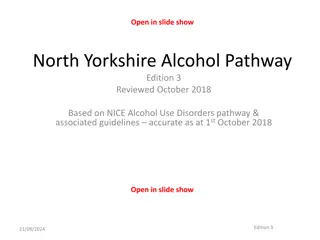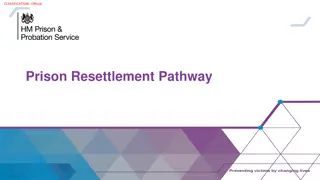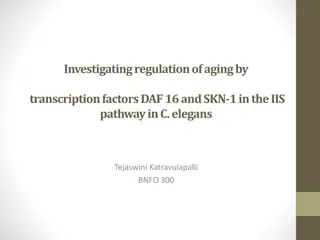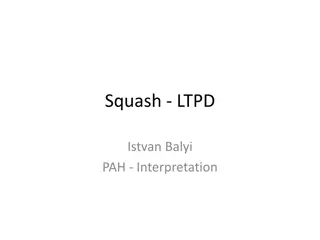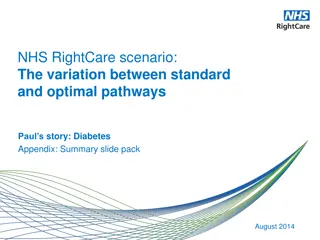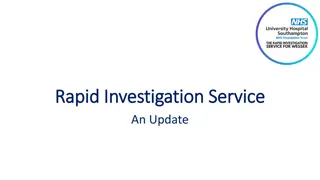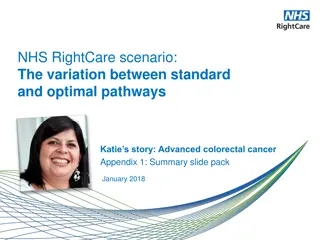Redesigning Neurodevelopmental Assessment Pathway for Children in NHS Dumfries and Galloway
The Neurodevelopmental Assessment Team in NHS Dumfries and Galloway worked on redesigning their assessment process to reduce costs and waiting times for children and families. Collaborating with families and stakeholders, they streamlined the pathway, improved diagnoses, and enhanced the overall experience. Prototyping and testing the new pathway with support from MHAIST led to successful outcomes, including reduced assessment times and improved profiles. Data analysis was used to secure long-term funding and establish governance structures for the future service.
Download Presentation

Please find below an Image/Link to download the presentation.
The content on the website is provided AS IS for your information and personal use only. It may not be sold, licensed, or shared on other websites without obtaining consent from the author. Download presentation by click this link. If you encounter any issues during the download, it is possible that the publisher has removed the file from their server.
E N D
Presentation Transcript
NHS Dumfries and Galloway Neurodevelopmental Assessment (ND) Team In this case study In this case study The Neurodevelopmental Assessment (ND) Team and partners in NHS Dumfries and Galloway have redesigned their neurodevelopmental assessment process, showing reduced cost and reduced waiting times for children, young people and their families. Redesigning the neurodevelopmental pathway for children and young people - Insights and Recommendations Background In early 2017 the ND Team recognised it had a long waiting list and was not able to meet current waiting time targets with its present capacity and structure https://www.isdscotland.org/health-topics/waiting-times/18-weeks-rtt/ . The Mental Health Access Improvement Support Team (MHAIST) helped the group understand the problem by holding a half day session. Using a fish bone and process mapping exercise the group was able to plan a way forward. https://ihub.scot/improvement-programmes/mental-health-portfolio/mhaist/ In 2018- 19 MHAIST led an improvement collaborative, focussing on improving access to Psychological Therapies and Child and Adolescent Mental Health Services (CAMHS). NHS Dumfries and Galloway and the neurodevelopmental project team and partners - including those with lived experience were part of this collaborative and chose to work on reducing waiting times and improving the whole neurodevelopmental assessment process. The new team recognised that multiple pathways needed to be aligned so that families could experience a streamlined assessment process which produced a child s profile that was helpful to the family. The team decided to focus on the following outcomes: All children with non-complex presentations will be assessed and diagnosed within 12 weeks of referral by end of 2019 All children with complex neurodevelopmental presentations will be assessed and diagnosed within 26 weeks of referral by end of 2019
Preparation and engagement The team worked in collaboration with families who had experience of the service to review the pathway for all neurodevelopmental referrals aiming to reduce waits, as well as improving the overall experience for families. They used process mapping to understand the administrative aspects of the pathway and identified ways to reduce duplication and streamline the assessment process. The new pathway crucially also included a final diagnosis template and a profile for all children and families, outlining each child s strengths and difficulties. Central to the team was a parent who had experienced the existing pathway who ensured that views from other families were represented. Parental views were also sought through a local parent support group (https://twitter.com/squarepegscot). This involvement has consisted not only of consultation on proposed processes, but active involvement in the redesign. The parent very much kept the group focussed on value including a more useful child s profile. Prototyping Following the redesign of the pathway, MHAIST facilitated a full day prototyping session with the team to support them to draw together all the existing work and virtually test the new pathway while identifying next steps. Testing the pathway This prototyping session helped get a shared purpose for the team identifying next steps to test the new pathway (shown in figure 1). With support from MHAIST, the team developed an action plan to test the aspects of the pathway identified at the prototyping day. Data was collected from 10 cases on the old ND Team waiting list and on 10 cases undergoing the new assessment process and then compared to understand the impact, build a business case to secure long term funding for the team, and identify a clear governance structure for a future service. The pathway was tested on a symbolic family who virtually moved through each stage of the process. This gave the team an opportunity to understand the experiences of families and the parent member of the team was able to give a view of each stage of the process. Crucially, MHAIST and the Evidence and Evaluation for Improvement Team (EEvIT) within Healthcare Improvement Scotland used data gathered to calculate health economics and cost savings to support this business case.
NHS Dumfries and Galloway - New Neurodevelopment Pathway Admin Triage Referral Received Admin screen carried out Assessment Support Complex Complex Assessment Prepare for Triage Check family understand the referral Consent family to request screening info Contact details for school ND history to family Education request Collate info for triage Update database Feedback Appointment Family Case lead Second First Report Drafted Clinical outcome evidenced May change from standard to complex or vice versa during assessment process Triage Meeting Allocate case lead Allocate second Appointment Family Case lead Second Report Concluded ND Standard Assessment Not ND Non-complex Discussion with Family Not neurodevelopmental Post- diagnostic Support Signposting to alternative support services Discharge Report sent Database updated
Comparison of Communication Disorder Assessment Team with New ND Assessment Clinic What was the impact of this work? The new pathway has led to improvements in waiting times, and efficient use of time and resources for families and staff, while maintaining standards of care: The average number of times each case prompted a direct contact with the family (family contact events) reduced from 25 to 5 events The average time spent on direct family contact reduced from 20 hours to 6 hours The average staff time per case was reduced from 36 hours to 10 hours The average time to diagnose reduced from 130.1 weeks to 13.7 weeks The average cost per young person assessed was calculated to be a reduction from 2213 to 660.
Next Steps and Reflections Continuing to make use of a QI approach, the ND Team followed the pathway with a further 25 people and are currently testing at a larger scale with 200 people. The onset of COVID-19 has affected waiting lists and demand for services and the team have opened their referral system to respond to this increase in demand. They have also reviewed the multi-disciplinary membership of the assessment team to ensure integrated team working continues. Data will be collected to help the team monitor the impact, understand how this can be adopted at a larger scale, and continue to build a business case for financial support. Reflections from the team: The single most important factor is to work with families who have experience of the service and co-design with them If you need to build a case for extra capacity/ finance then build this into your project Be clear on what you want to demonstrate Be clear about the difference you want to make and the data you will need to evidence this, including economic data Look for people within the organisation that can help you with gathering and analysing data Identify the data you need in order to make an economic assessment.
